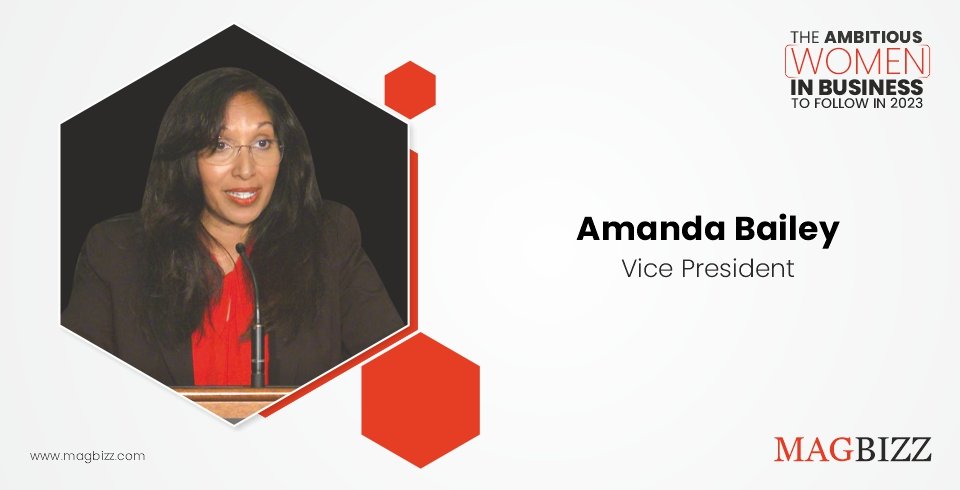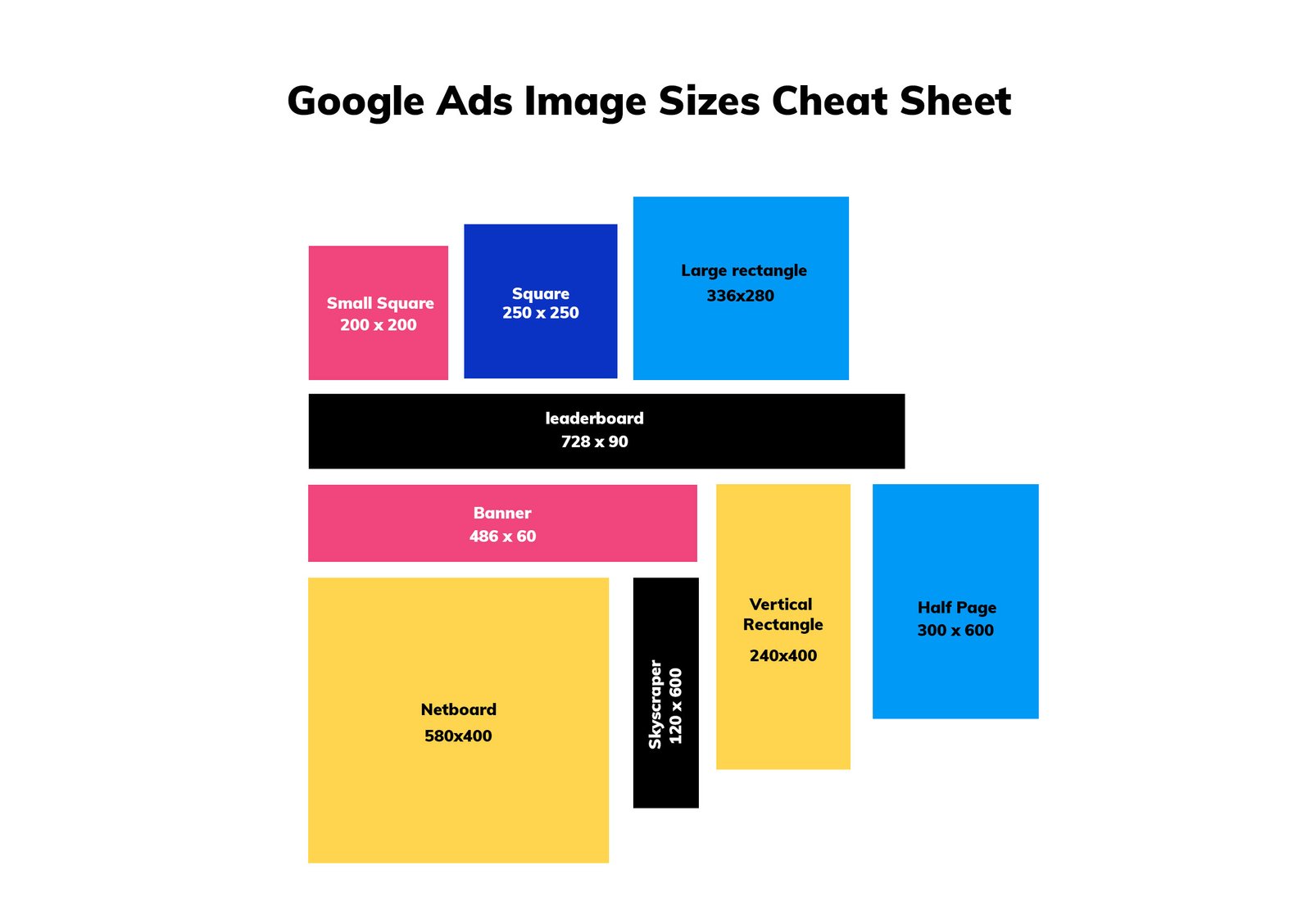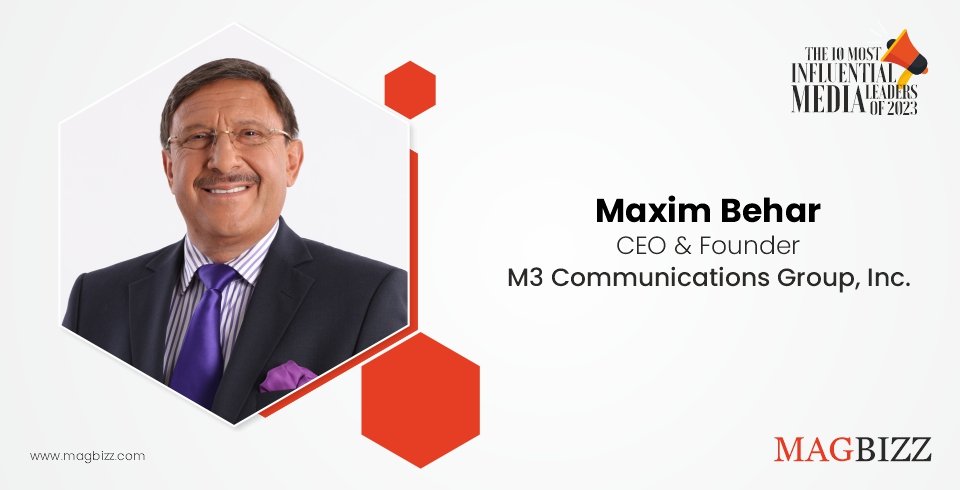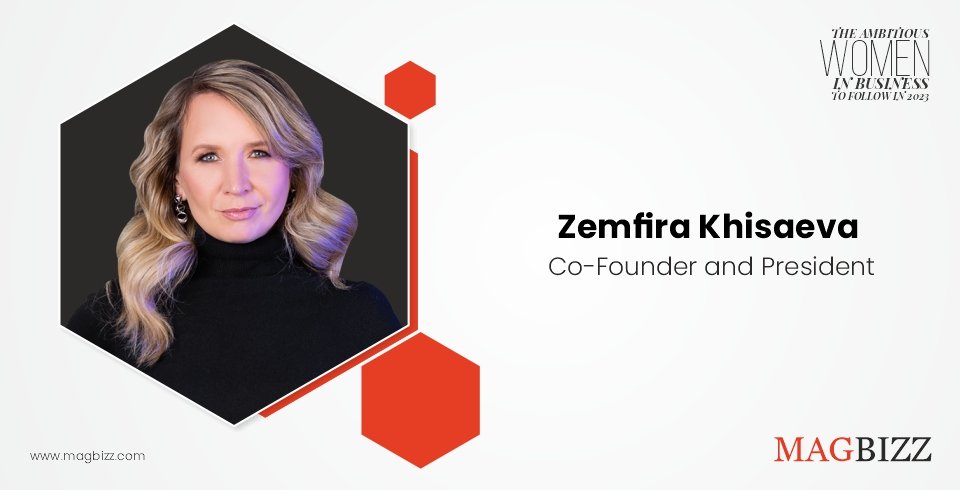Education, including its human resources function, is closely linked to the social, political, and economic factors of its time. A history of education has contributed to the advancements made in the development of human resources administration. The use of human resource management in education is essential, and underrating the role could have detrimental effects on the workforce nationally and globally Organizations must be prepared to adjust to legislation changes at the federal, state, local, and regional levels as well as other changes impacting employers because educational objectives must be met. The availability of human resources is essential for both good service delivery and rapid socioeconomic growth.
To help the business achieve its goals, human resources focuses on discovering, developing, controlling, and utilizing the skills that employees have exhibited. A company’s human resources office is in charge of this task and is there to establish the ideal work environment for its employees to support their personal growth and the growth of the business.
The human resource role of a business, an entire sector, and the global workplace, in general, extends much beyond what takes place at the office in the modern world. There needs to be some form of assistance in the educational system to prepare applicants for the entire process, even while the human resources department will do its fair share of educating employees, developing career development plans for them, preparing for their success, etc.
Amanda Bailey, vice president for human resources at Boston University, is an executive human resources leader with more than 25 years of experience. Over the previous ten years, she held top human resources leadership positions at secondary and post-secondary educational institutions.
Journey From The First Step
As a B.A in English college graduate in English Literature, Amanda took business administration courses from Florida Atlantic University. She later graduated from the University of Rhode Island with an HR Management and Labor Relations degree in hand. Amanda then went ahead and became a certified national board member of three organizations dedicated to HR in higher education. She is regarded as a thought leader in human resources and serves as a board member of several organizations dedicated to human resources in education and workforce development organizations.
Amanda personally seeks inspiration from her father who ran his own business successfully for nearly a decade. From her father, she learned to appreciate and value relationships, the experiences of customers, and the significance of financial compliance. Professional processes like legal practices and HR operations that are essential in any business were exposed to Amanda at an early age.
Through her journey, she has encountered multiple milestones, achievements, and experiences. She has seen people- of diverse experiences and careers who have been knowingly and unknowingly contributors to her journey. She is grateful for her mentors who have been executives in senior positions who have guided her through hardships and offered critical analysis and counsel throughout her career
At Boston University
BU is a university that belongs to Carnegie’s Research 1 (R1) category of higher education institutions. More than 130 countries are represented by the 36,000 students who enroll in one or more of the 300 programs offered by BU’s 17 institutions and colleges. At BU’s reputable medical center, an estimated 10,000 faculty and staff personnel work every day. Physically, Boston University is dispersed throughout the whole city of Boston, although its main campuses are around the Charles River, Medical, and Fenway boulevards.
Amanda oversees Human Resources at the system level for Boston University. The system governs talent acquisition, talent development, benefits operations, labor and employee relations, HR DEI programs, service center operations, performance management, compensation, data analytics, HRIS, HR communications, Children’s Center, and Faculty Staff Assistance services.
At BU, Amanda’s responsibilities include leading HR strategic priorities, meeting with peers from the university’s large community to learn how her team(s) can support them in furtherance of their strategic priorities, communicating regularly with HR leaders on her team and across the community to address existing or new challenges and working with colleagues at other higher education institutions to learn how they are addressing key challenges.
Women In Business
Amanda is one of the many women who have paved their path through multiple struggles and personas to get where they are today. It is no sob story that women have it differently in the industry facing stereotypes and hurdles. Making a place for themselves in fields that are traditionally “male dominating” is a hard nut to crack. But business leaders like Amanda take that challenge happily and continue making a place for themselves and their dreams.
Amanda has her own set of thoughts for women in business.
Women offer insights that are driven by their experiences in and out of the workplace. Their leadership advances business objectives by allowing them to offer their perspectives which broadens brainstorming and innovative thinking through to implementing strategies and initiatives.
Women certainly have been overlooked as competitively able to advance business strategic objectives to positively impact economic conditions and social change, however, women have accepted challenges along the way and succeeded. While there remains much growth for improvement, the selection of women leaders must be incorporated at the highest level of leadership and responsibility in any organization to ensure that organizations are incorporating selection criteria that require women to be competitively considered for senior and executive leadership roles.
While women have been commonly associated with nurturing leadership styles and higher in empathic and compassionate-informed decision-making, both men and women have these leadership traits in varying degrees. These traits define higher emotional intelligence for leaders, and research continues to show that, of particular interest, leaders with high emotional intelligence listen more, are better at self-awareness servant leaders, and are agile learners.
Challenges And Management
Just like every profession, Amanda’s also has its struggles and hurdles. Overcoming them while not disrupting any existing or potential climb is what a business leader does. For Amanda, ensuring adequate resources are offered to consultative and administrative services is one challenge. Managing both HR strategy and operations that are delivered for organizations seems easier said than done—managing and looking after varying tasks and processes which have their specific updates and advancement happening every second. One mistake or mishap and there can be a loss of information, schedule, and most importantly, credibility.
“Working in non-profit organizations meets mission-driven goals and objectives and must be done in a lean staffing environment. Understanding this context informed my desire to roll up my sleeves and take on additional assignments, projects, and initiatives to meet operational demand but also design innovative programs and practices that directly improve attracting and retaining employees to organizations.”
“Human Resources Management” And Its Perceptions
People are frequently referred to as an organization’s most valuable asset. However, until recently, marketing, finance, and sales were seen as being more crucial to a company’s success than human resource management. New technologies, worldwide markets, and adjustments to organizational hierarchy have significantly changed this idea. Today’s company executives place a high priority on finding and retaining the best talent.
As someone who has been in the industry for a long minute, Amanda wants the industry to be seen as a strategic business function that governs all interactions for the people of the organization, which is significantly influential to the organizational outcomes and strategic priorities.
Professional Leaps And Plans
In terms of Boston University, the team plans for all workers to engage and use HR services at every stage of their employment. As part of BU’s future aspirations to remain a top employer when looking for an academic or administrative post in higher education. BU intends to expand its employment options so that staff members can start their careers there and develop into different roles while still working there.
For The Young Business Leaders
Amanda believes that being a leader is acting as a coach and mentor to everyone you directly and indirectly lead. She’s acutely aware that the job is not about her; rather, it is about advancing others and creating an environment where HR executives and individual contributors want to come into the office or to a remote location each day.
She looks at “human resources” as one element rather than two. Both “human” and “resources” are necessary for an “organization” to run smoothly. Focusing on both driving the organization to its goal while making sure your fellow passengers- the employees are experiencing growth and benefits is important for the journey to be sound. Any other way will leave the “human” out of the “resources”








